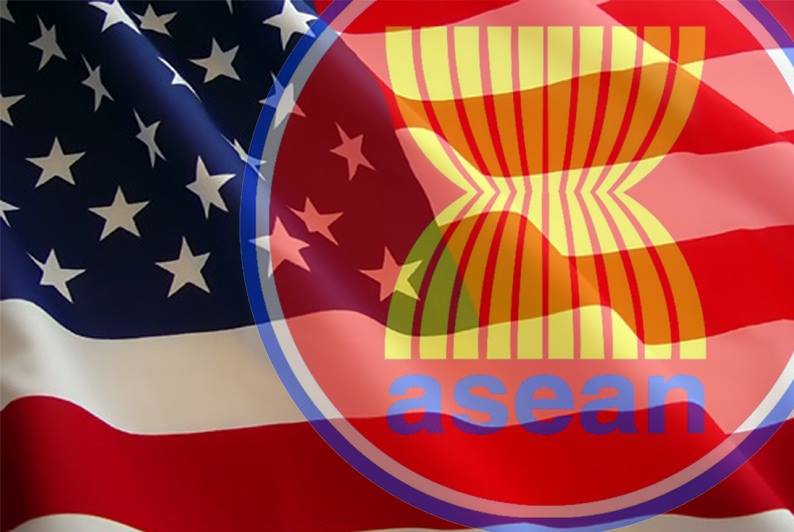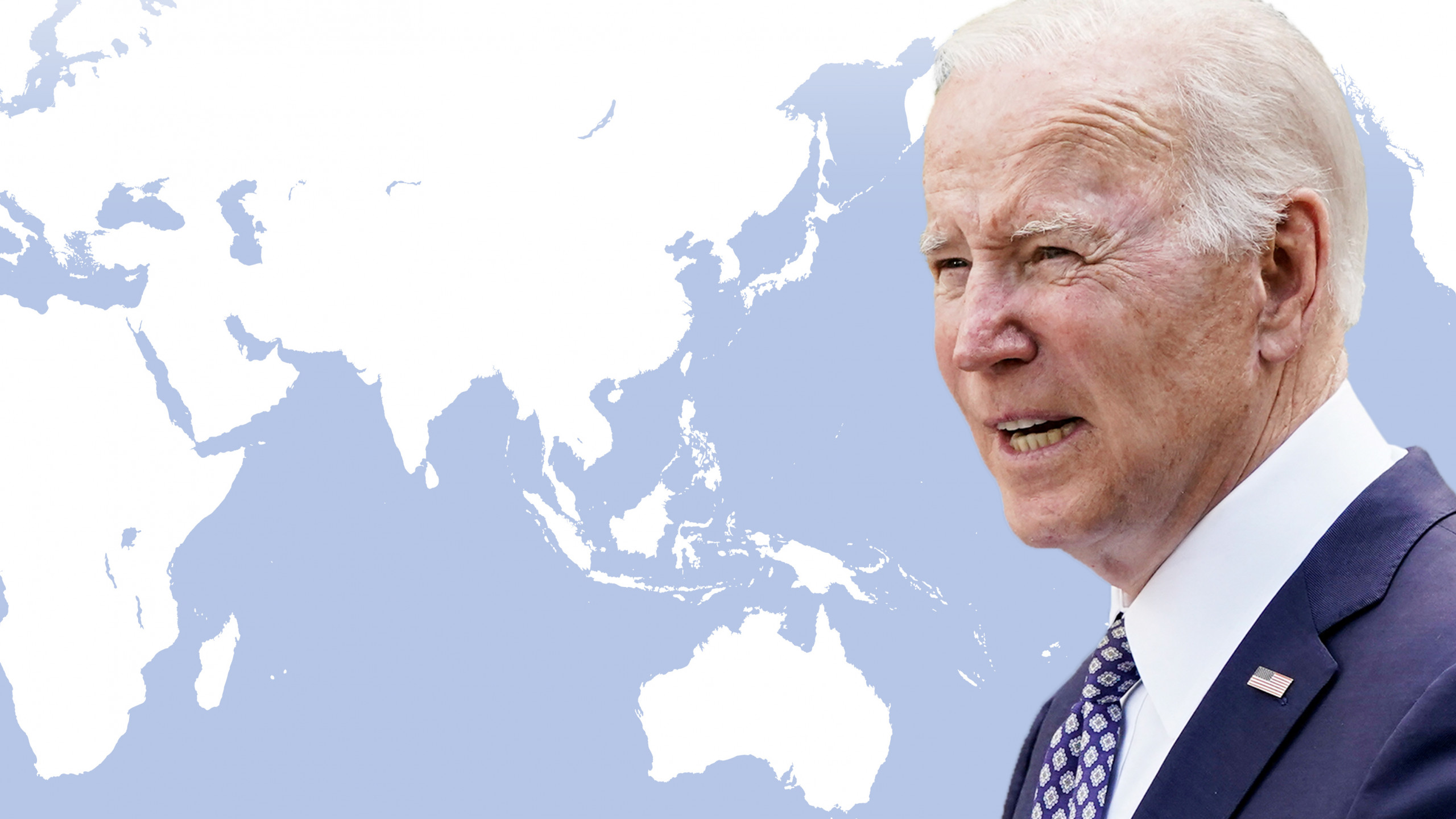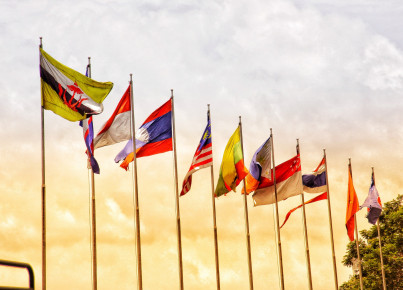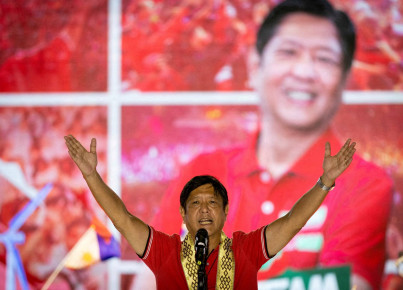If Washington wants to reaffirm its role in South-East Asia, trade policy is also a key element in competing with Beijing.
America is back. Especially in South-East Asia. Less than a year after taking office, the Biden administration seems to have devoted most of its attention to the region. President Biden has revived Obama's Pivot to Asia strategy after the shakes of the Trump era, deploying all the key figures of his cabinet: Vice-President Harris travelled to Vietnam and Singapore, Secretary of State Blinken took part in high-level meetings with his ASEAN counterparts and Secretary of Defence Austin also visited Singapore. Moreover, the US strategy involves reviving strategic cooperation with its other regional partners, by reaffirming the 'unbreakable alliance' with Japan and inaugurating the AUKUS three-way partnership with Australia and Great Britain - a move that has caused tensions with China and even Francia. But security is not the only area that has seen a renewed US engagement. In times of Covid and climate crisis, cooperation with ASEAN also touches on health and sustainable development. What about trade?
If we look back to just two years ago, the U.S.-ASEAN Business Council lamented the absence of the Trump administration at a time of great shifts for the Asian bloc's trade policy: the negotiations for the historic RCEP agreement were in its advanced stages and the EU was strengthening its economic ties with Singapore and Vietnam through two ambitious free trade agreements. With the change of administration in Washington, we can expect major changes in US-ASEAN trade relations. The starting point is significant: ASEAN is the fourth largest market in the world (with a GDP of almost 3 trillion and 647 million consumers) and, by current trade volume, the eleventh largest trading partner of the United States. US companies export about $86 billion worth of goods to ASEAN countries and import about $206 billion worth of products. The trade balance is thus clearly in favour of the ASEAN countries ($120 billion). Comparing the US-ASEAN trade relation with the EU-ASEAN one, it emerges that European companies export goods for a higher value (almost $100 billion) and import goods for a lower value ($146 billion), with a trade deficit of about $47 billion in favour of ASEAN. These figures should be read together with the difference in GDP between the US and the EU. We will explore the reasons behind the higher volume of European exports in a future article. To complete the picture, it should be kept in mind that the total volume of trade between ASEAN and China is about $298 billion.
Economic cooperation between the US and ASEAN has to reckon with the growing Chinese influence in the region. Washington does not want to lose ground to Beijing in the infrastructure investment race. Last June, Biden and the other G7 leaders launched the Build Back Better World (B3W) plan with the stated aim of vying with China's Belt and Road Initiative (BRI). In addition, the US administration is funding many projects to develop connectivity in the region, for example a partnership for the Mekong Basin (again, an initiative that came a few years after its Chinese counterpart). Looking at the degree of trade liberalisation, China will continue to see its trade figures with ASEAN growing thanks to the RCEP agreement, while the US benefit from a limited and somewhat dated network of trade agreements (notably the 2003 US-Singapore Free Trade Agreement and the 2001 US-Vietnam Bilateral Trade Agreement). Actually, these existing agreements can be the backdoor for American companies to benefit from the RCEP, by taking advantage of the very favourable conditions for establishing their subsidiaries in certain countries of the region. In any case, Washington needs to strengthen its trade ties with ASEAN countries, perhaps by reconsidering its withdrawal from the TPP project or by exploring other options. Waiting for a more courageous and comprehensive project, there is excitement on both sides of the Pacific for a possible agreement on digital trade. After years of Trump-style muscular trade policy, all observers expect a policy shift from Biden, consisting in a more cooperative and ambitious approach to ASEAN countries. The new administration has yet to fully unveil its plans. Even in international trade, America is back. Let's see how.






